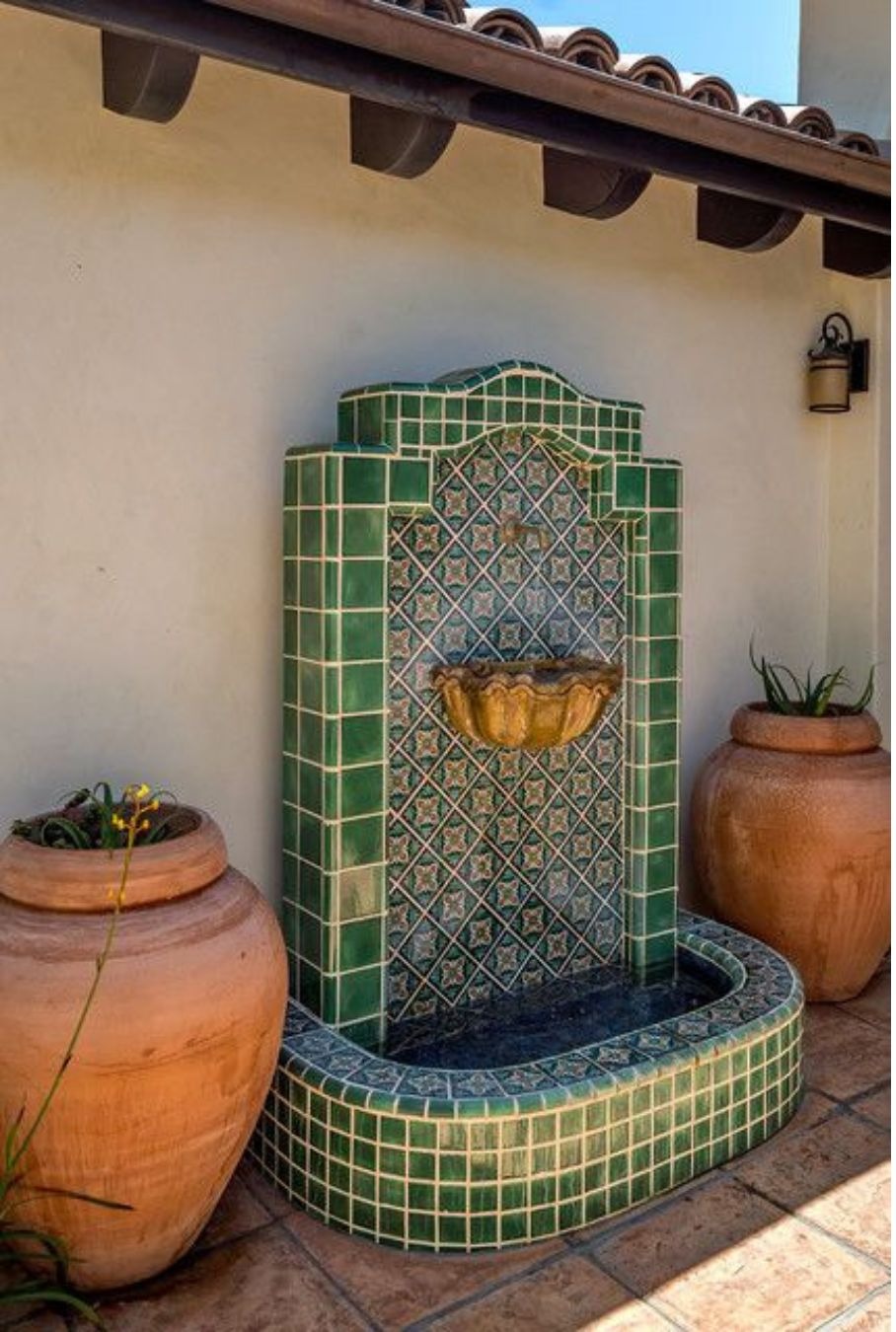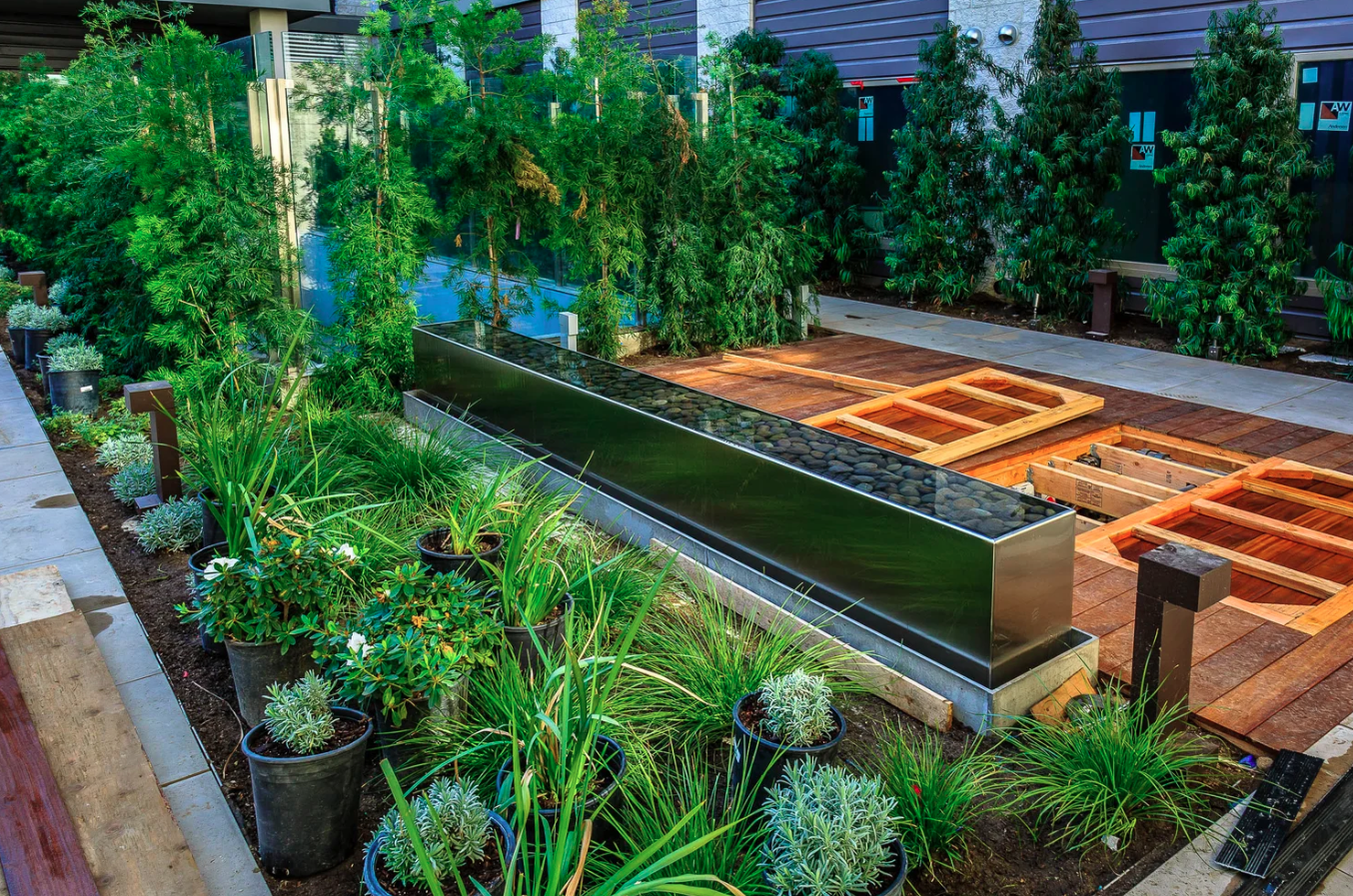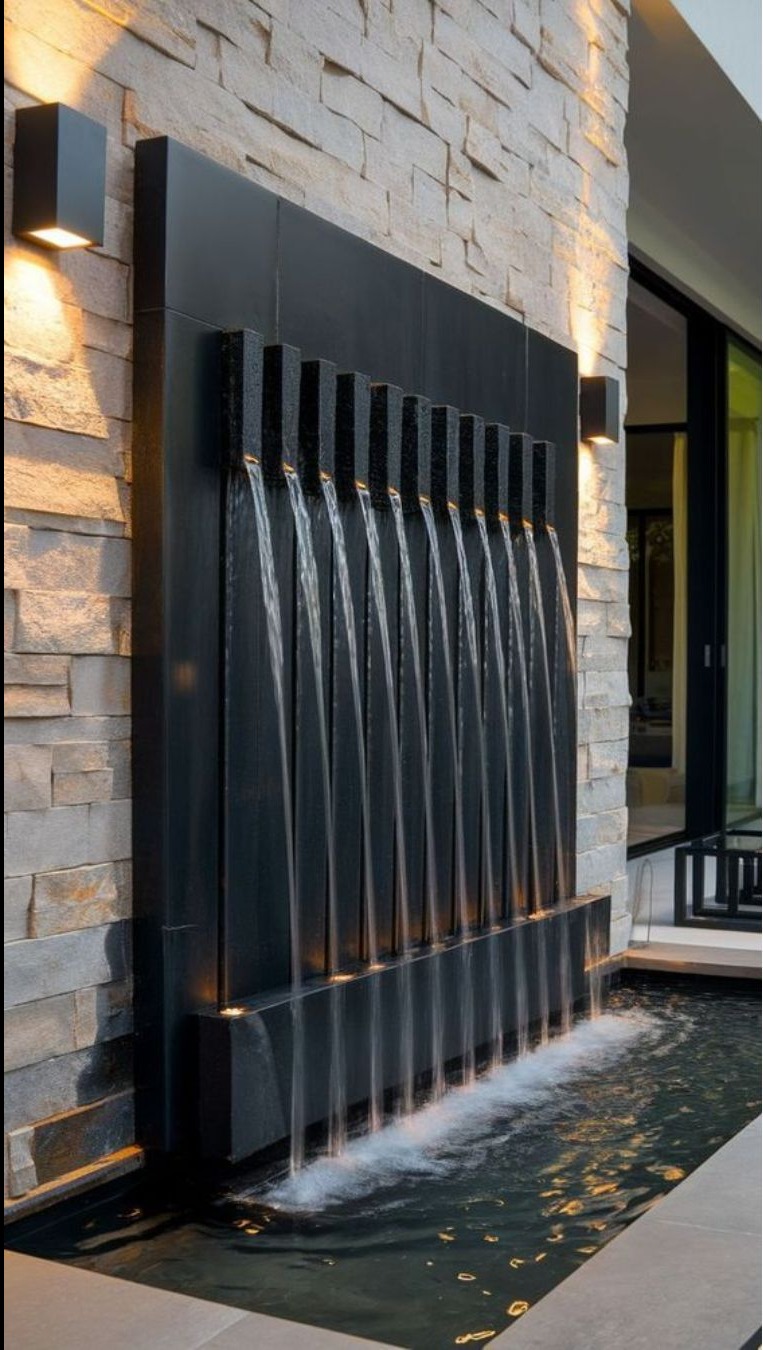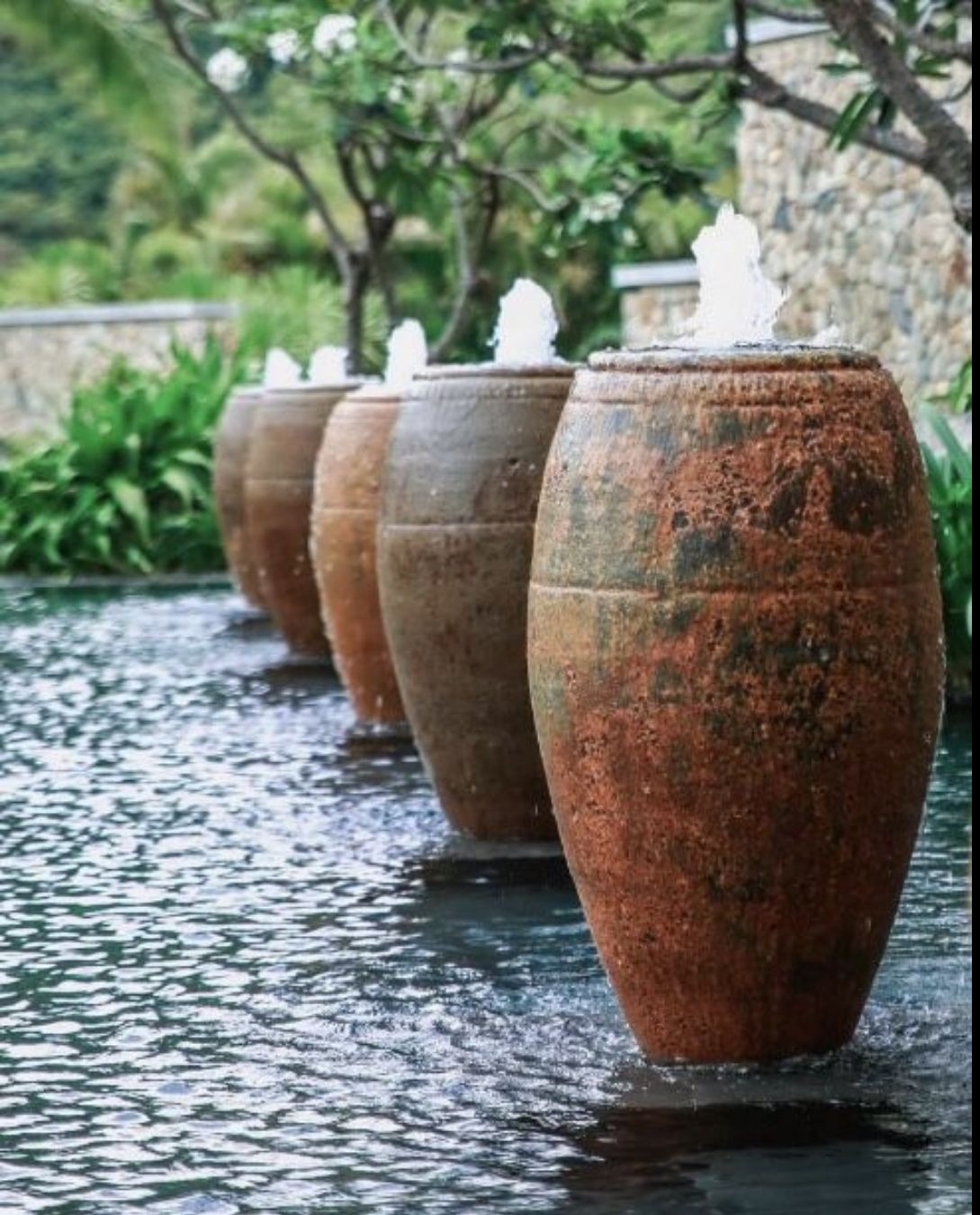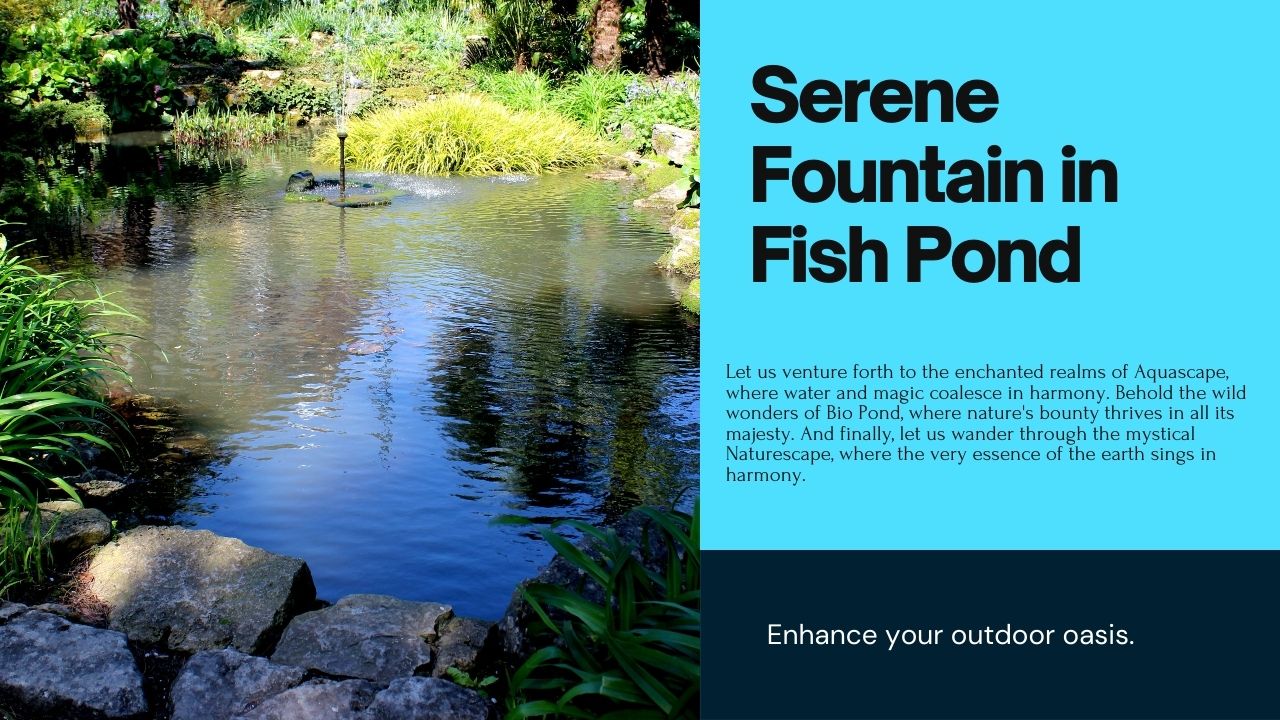
Bio pond and aquascaping are related concepts that involve creating and maintaining a natural and aesthetically pleasing aquatic environment, typically in a backyard or garden setting. These practices combine elements of biology, landscaping, and design to create a balanced ecosystem that supports aquatic life while also providing an attractive outdoor space.
Bio Pond:
A bio pond, short for "biological pond, " is a human-made aquatic habitat that mimics natural ponds and wetlands.
It is designed to support a diverse range of aquatic plants, animals, and microorganisms.
Key elements of a bio pond include a water source, such as a liner or preformed pond, water circulation system, substrate (e.g., gravel or sand), aquatic plants, and appropriate water chemistry.
Bio ponds often incorporate a filtration system to maintain water quality and clarity, which may include mechanical, biological, and chemical filtration components.
The goal of a bio pond is to create a self-sustaining ecosystem where fish, amphibians, insects, and other wildlife can thrive while also enhancing the visual appeal of the landscape.
Aquascaping:
Aquascaping is a subset of bio pond and aquarium design that focuses on the artistic arrangement of plants, rocks, driftwood, and other decorative elements within an aquatic environment.
It often emphasizes the creation of visually stunning underwater landscapes that can be found in aquariums and some bio ponds.
Aquascaping principles include balance, focal points, use of negative space, and the incorporation of various plant species and hardscape materials to create a harmonious and natural-looking aquatic scene.
Aquascaping may also involve the careful selection of fish and invertebrates that complement the overall design and ecosystem.
Popular styles of aquascaping include Nature Aquarium, Dutch Aquarium, and Iwagumi, each with its own unique aesthetic and design principles.
Both bio ponds and aquascaping can be challenging and rewarding hobbies that require careful planning, maintenance, and a deep understanding of aquatic ecosystems. They offer a way to connect with nature, create a beautiful outdoor space, and promote biodiversity while also serving as a source of relaxation and enjoyment for pond and aquarium enthusiasts.
Keywords
way
use
sand
goal
fish
liner
rocks
gravel
subset
Iwagumi
clarity
biology
animals
insects
backyard
wetlands
creation
aquariums
practices
Bio ponds
driftwood
enjoyment
relaxation
harmonious
amphibians
landscaping
maintenance
Key elements
water source
aquatic life
biodiversity
focal points
visual appeal
diverse range
water quality
invertebrates
natural ponds
microorganisms
overall design
preformed pond
other wildlife
garden setting
negative space
aquatic plants
Popular styles
Dutch Aquarium
biological pond
Nature Aquarium
aquarium design
related concepts
unique aesthetic
careful planning
careful selection
rewarding hobbies
design principles
deep understanding
balanced ecosystem
aquatic ecosystems
aquatic environment
hardscape materials
artistic arrangement
aquarium enthusiasts
various plant species
mechanical, biological
Aquascaping principles
beautiful outdoor space
water circulation system
attractive outdoor space
other decorative elements
self-sustaining ecosystem
human-made aquatic habitat
appropriate water chemistry
natural-looking aquatic scene
stunning underwater landscapes
chemical filtration components

